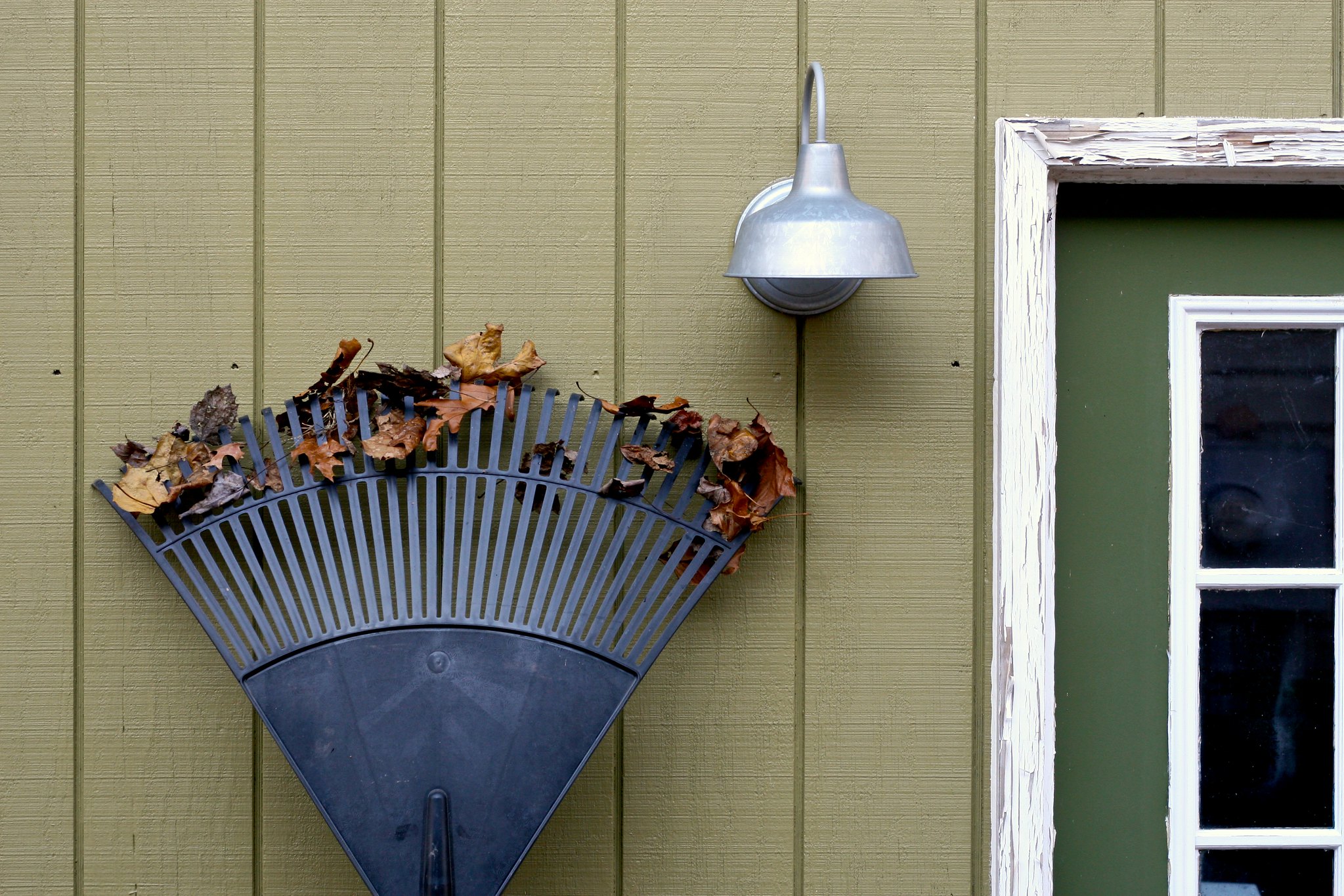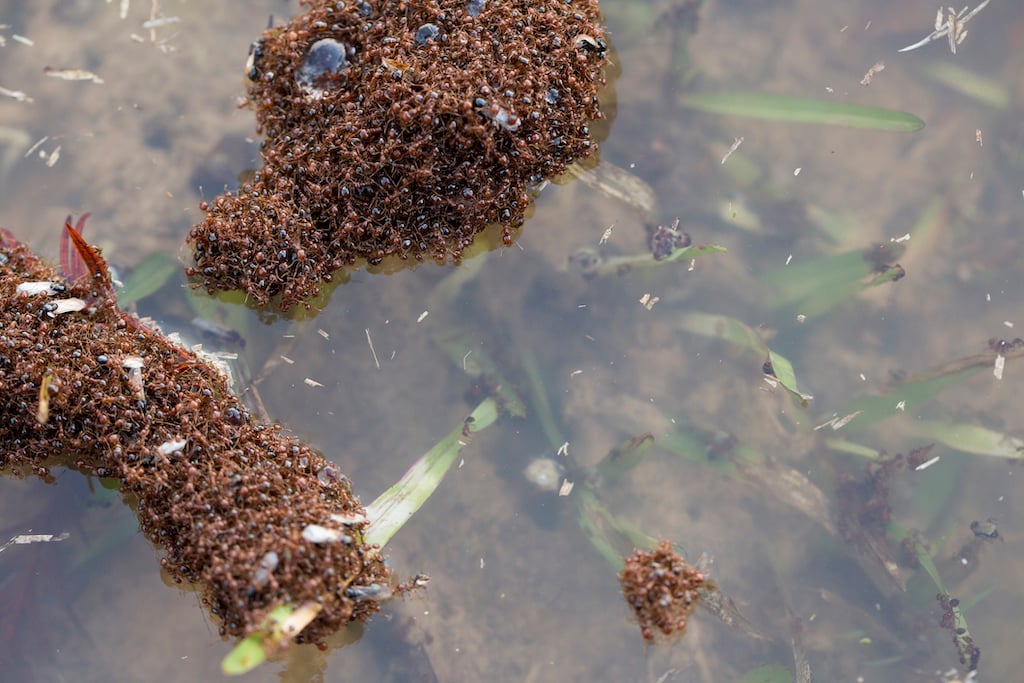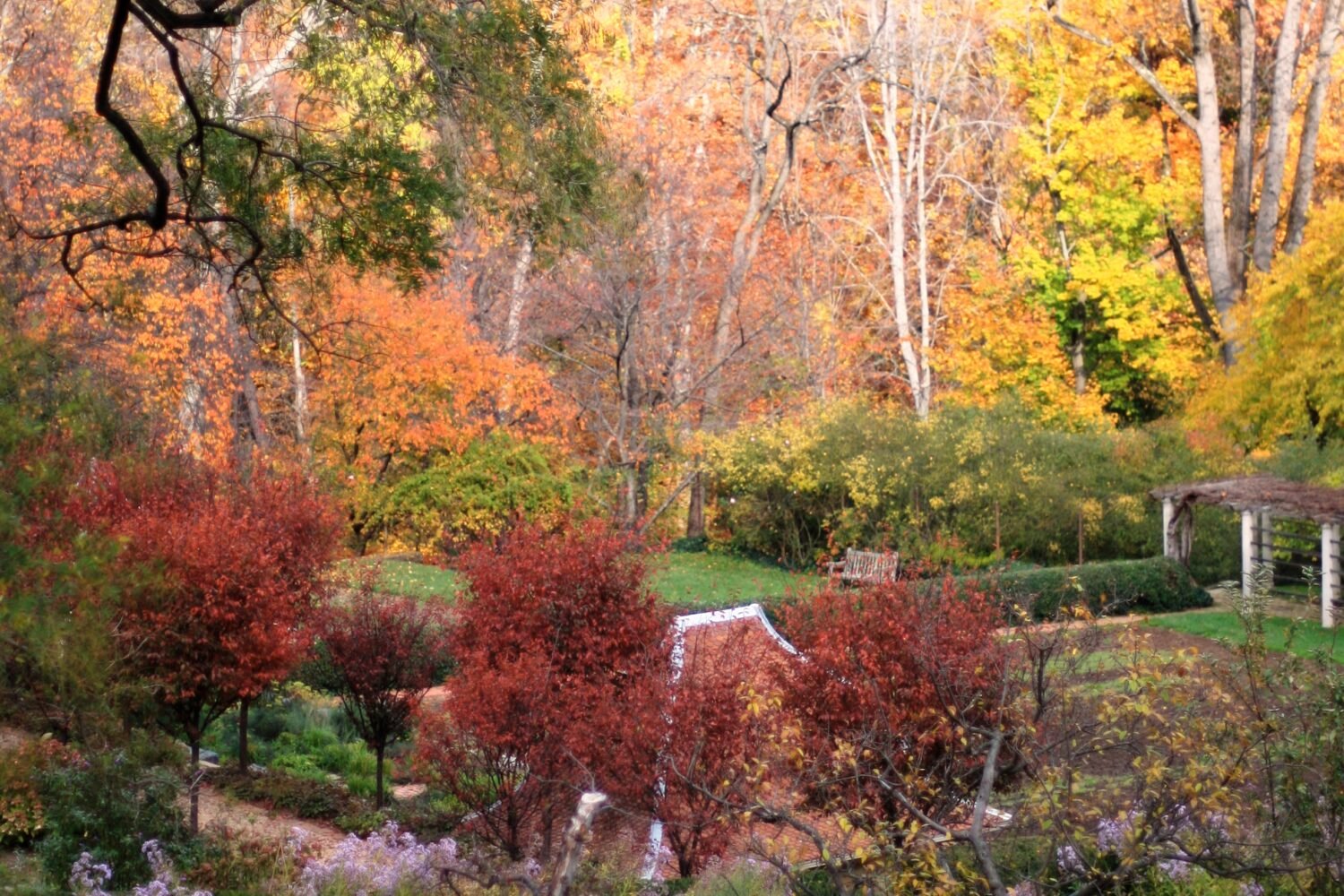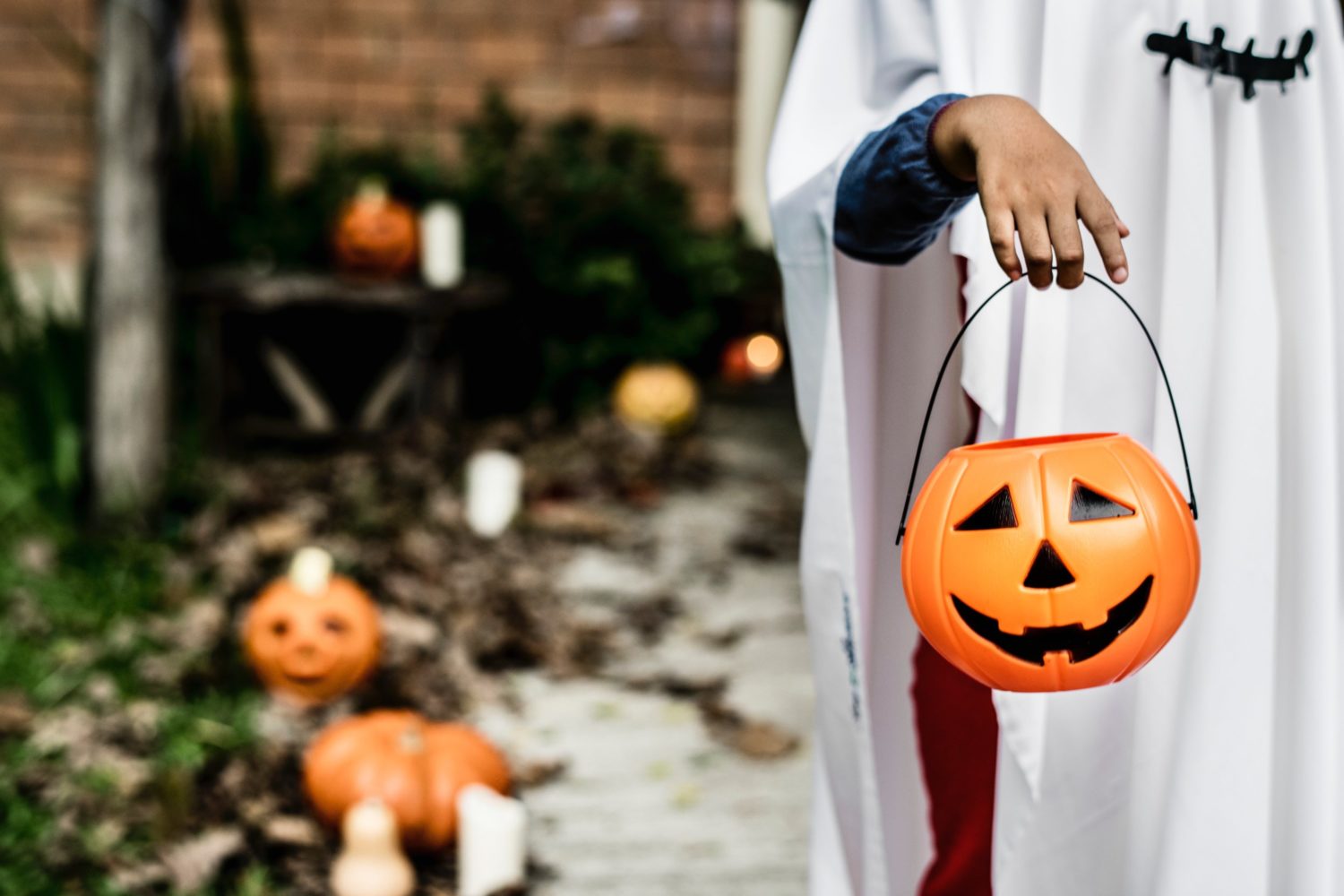As we progress further into fall, autumn’s vibrant colors have begun their descent from the canopies toward the ground. But before you reach for your rake or leaf blower, one University of Maryland entomologist has an ask: Consider leaving your leaves for the critters.
That’s because fallen leaves provide habitat and food for a wide variety of beneficial insects (such as those that pollinate or feed on pests) throughout the winter, says entomology Ph.D. candidate Max Ferlauto, who has spent more than two years researching the assertion, which you may have heard before.
“We see a lot of articles come out this time of year about not raking your leaves, but there actually hadn’t been any research done [on it],” says Ferlauto, who set out to see if and how raking impacted a lawn’s biodiversity. To do so, he established research stations in the yards of 20 Maryland homeowners by placing nets over unraked and raked portions of their lawns and then tracking the insects that emerged.

The results of his preliminary research: Yes, you should leave the leaves. “We found that in areas where we removed leaf litter, it cut the number of butterflies and moths in half,” says Ferlauto. “We also found decreases in diversity and shifts in the types of species that were emerging.”
His findings are particularly important at a time when insect populations are declining globally, with one paper estimating that we’ve lost five to 10 percent of all insect species (or about 250,000 to 500,000 species) since the industrial era. “That’s really concerning because insects provide all sorts of services to our ecosystem,” says Ferlauto. “They’re pollinators, decomposers, they’re important food for birds. If we lose insects, we lose everything else.”
Not only did raking impact the habitat of insects that hibernate directly within the leaves, he says, but also the habitat of insects that burrow in the soil. Without that blanket of leaf cover, soil temperatures varied more widely, says Ferlauto, who also found that the soil beneath areas with leaf litter was able to sequester more carbon. “That’s another benefit, because carbon is really important for the fertility of your soil and it’s important for the ability of your soil to hold water.”
If not raking your yard isn’t an option—perhaps your HOA requires that you rake or a cranky neighbor complains if you don’t—there are still some ways you can help out your yard’s insects. The second best option, says Ferlauto, is to rake where you must but still leave a shallow pile of leaves in a specific portion of your yard or garden. “What you shouldn’t do is mulch them or shred them,” says Ferlauto. “We’re seeing that that’s about as bad [for the insects] as removing the leaves in the first place.”
Otherwise, for a win-win scenario, just leave the leaves where they lay. You’ll save yourself some labor while lending a help hand to your yard’s ecosystem.
“We hear a lot about planting native gardens with native flowers for your pollinators and native host plants for particular butterfly species,” says Ferlauto. “That’s all super important, but what my research is showing is not only do you need to do that in the summertime and the springtime, you need to make sure you protect those hibernating insects in the winter as well.”

















